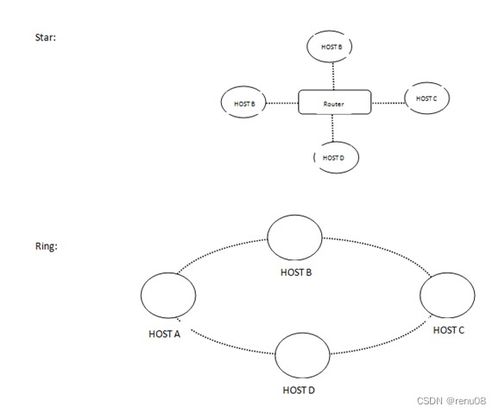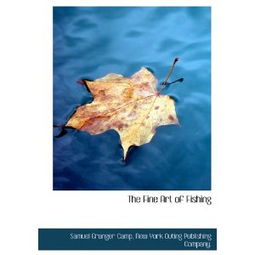Content:
Introduction: Fishing, an ancient pastime, has been a source of relaxation and sustenance for countless individuals across the globe. Whether you are a seasoned angler or a beginner looking to cast your line into the water, mastering the art of fishing requires a blend of patience, knowledge, and practical skills. In this concise guide, we will delve into some essential fishing techniques that will help you improve your chances of landing that big catch.
Choosing the Right Equipment: Before you step into the water, it is crucial to select the appropriate equipment. Here are some key items to consider:

- Rod and Reel: Choose a rod and reel that match the type of fish you intend to catch. Lighter rods are suitable for smaller fish, while heavier rods are better for larger species.
- Line: The type of line you use depends on the fish and the environment. Monofilament is versatile and easy to handle, while fluorocarbon is nearly invisible to fish and excellent for clear water.
- Lures and Baits: Select lures and baits that mimic the natural prey of the fish you are targeting. Live bait can also be effective, especially for larger fish.
Casting Techniques: Casting is an essential skill that requires practice. Here are some tips to improve your casting technique:
- Hold the rod correctly: Grip the handle with a firm but relaxed grip, using your fingers to control the rod.
- Aim and Swing: Aim your rod towards the target and then swing it back and forth to cast the line.
- Practice: The more you practice, the better your casting will become. Try different casting techniques, such as the overhead cast, sidearm cast, and roll cast, to find what works best for you.
Baiting and Luring: Once you have cast your line, it is time to attract the fish. Here are some tips for successful baiting and luring:
- Natural Presentation: Fish are more likely to bite if the bait or lure is presented naturally. Let the bait or lure swim or drift in a lifelike manner.
- Adjust as Needed: If you are not getting bites, try changing the speed, depth, or type of bait or lure you are using.
- Patience: Be patient and allow the fish time to react to your offering. Sometimes, it takes a few moments for a fish to notice and approach your bait.
Setting the Hook: When a fish takes your bait, it is essential to set the hook quickly and effectively. Here's how to do it:
- Sensitivity: Pay close attention to the line. When you feel a tug or a sudden movement, it is likely that a fish has taken the bait.
- Set the Hook: Once you feel a bite, reel in quickly and then set the hook by moving the rod to the side or by using a quick, upward motion.
- Be Prepared: Have your rod, reel, and tackle ready so you can react quickly when a fish strikes.
Landing the Fish: Once you have set the hook and the fish is on the line, it is time to land it. Here are some tips for successful landing:
- Keep the Line Taut: Maintain tension on the line to prevent the fish from swimming away or breaking the line.
- Guide the Fish: Guide the fish towards the shore or a boat by gently reeling in and moving the rod to direct the fish's movement.
- Use a Net: When the fish is close, use a landing net to safely retrieve it from the water.
Conclusion: Mastering the art of fishing involves a combination of skill, patience, and practice. By following these essential fishing techniques, you will be well on your way to becoming a more proficient angler. Remember that fishing is not just about catching fish; it is about enjoying the outdoors, connecting with nature, and developing a lifelong hobby. Happy fishing!












